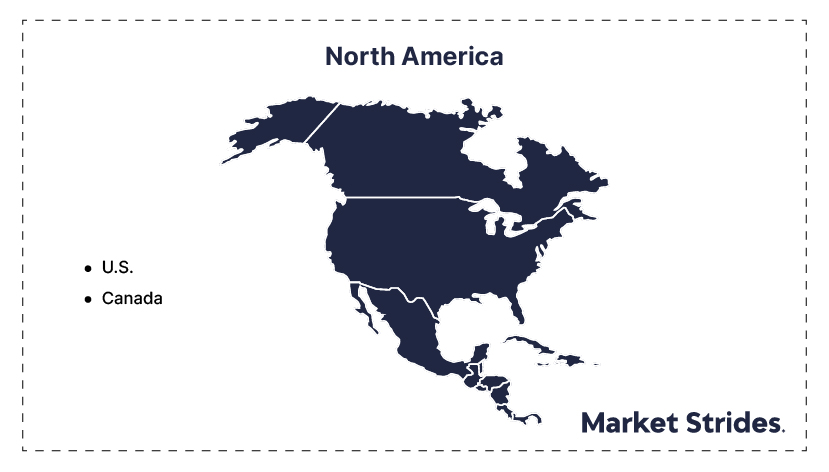The United States mobile health (mhealth) market size is expected to grow at a CAGR of 25.34% during the forecast period (2025–2033). With an increasing prevalence of chronic diseases like diabetes, hypertension, and obesity, there is a rising need for tools that help manage and monitor these conditions in real time. mHealth apps and wearable devices provide patients with convenient, on-the-go solutions for tracking vital signs, medication adherence, and overall wellness.
mHealth refers to the use of mobile devices, such as smartphones, tablets, and wearables, to support healthcare services and activities. It involves using these devices to track health data, deliver medical care, and provide health-related information through applications (apps) and other digital tools. mHealth encompasses various services like remote patient monitoring, health tracking, virtual consultations, and digital therapeutics, allowing users to manage chronic conditions, improve wellness, and communicate with healthcare providers in real-time.
The implementation of supportive policies and programs is driving the adoption of digital healthcare technologies in the U.S. Significant government investments in research and development underscore this trend.
The mHealth market is heavily influenced by strict regulations from entities like the Food and Drug Administration (FDA), the Health Insurance Portability and Accountability Act (HIPAA), and the Federal Communications Commission (FCC). These regulations govern data privacy, security, and medical device classification, which can be cumbersome for developers and healthcare providers.
Moreover, states may have their own regulatory frameworks, leading to inconsistent standards across the country. These complexities slow down the market’s growth, as companies must navigate varying compliance requirements while ensuring their products meet all legal and safety standards. This creates many challenges for innovation, adoption, and scaling in the mHealth space.
The integration of AI and machine learning presents immense opportunities in the U.S. mHealth market, revolutionizing how healthcare is delivered and managed. Advanced AI-driven tools can analyze large datasets, offer personalized health insights, and enable early detection of diseases.
As AI-powered solutions continue to evolve, they open new avenues for creating intelligent, adaptive mHealth tools, empowering both patients and healthcare providers with precision-driven healthcare solutions tailored to individual needs.
| ATTRIBUTES | DETAILS |
|---|---|
| Study Period | 2021-2033 |
| Historical Year | 2021-2024 |
| Forecast Period | 2025-2033 |
| By Service Type |
|
| By Device Type |
|
| By End-User |
|
| Regional Insights |
|
Treatment services dominate as the leading segment in the regional United States mobile health market growth. The rising demand for remote healthcare solutions, especially during the pandemic, has fueled the growth of digital treatment options. These services enable patients to receive medical advice, prescriptions, and follow-up care directly from healthcare professionals through mobile platforms. As healthcare systems increasingly shift toward telemedicine and digital interventions, treatment services will continue to expand. The widespread adoption of mobile health apps for chronic disease management and post-operative care also drives growth in this segment, ensuring a more efficient and accessible healthcare experience.
Blood glucose monitors are the dominant device type in the U.S. market, owing to the increasing prevalence of diabetes. With a growing number of individuals adopting mobile health solutions for better management of chronic conditions, blood glucose monitoring devices paired with mobile apps have gained significant traction. These devices allow real-time data tracking, empowering patients to monitor their glucose levels remotely and share the results with healthcare providers. The rise in awareness about diabetes management and the need for constant monitoring drive the strong demand for blood glucose monitors, contributing to the segment’s market dominance.
Providers are the dominant end-user segment in the U.S. market. Healthcare providers, including hospitals, clinics, and individual practitioners, are increasingly adopting mobile health technologies to enhance patient care and improve operational efficiency. These technologies enable real-time monitoring, remote consultations, and streamlined communication between patients and providers. The shift toward value-based care, cost-effective solutions, and better patient outcomes makes mHealth technologies appealing for providers. The integration of telemedicine platforms and electronic health records with mobile devices is further accelerating this trend, positioning providers as key contributors to the growth of the mHealth market.
The United States stands as a global leader in the market, driven by widespread smartphone adoption, robust healthcare infrastructure, and significant investment in health tech innovation. The integration of mHealth technologies addresses critical gaps in healthcare delivery, offering solutions for chronic disease management, mental health support, and preventive care.
Furthermore, state-level initiatives also highlight the market's potential. California, a tech hub, leads in mHealth app development, with companies such as Omada Health delivering digital health programs for diabetes prevention. In New York, the mHealth app “NYC COVID Safe” streamlined pandemic-related health declarations. Moreover, rural states like Montana leverage telehealth-enabled mHealth platforms to address healthcare accessibility challenges.

Request Table of Contents (TOC), Please Fill below form



